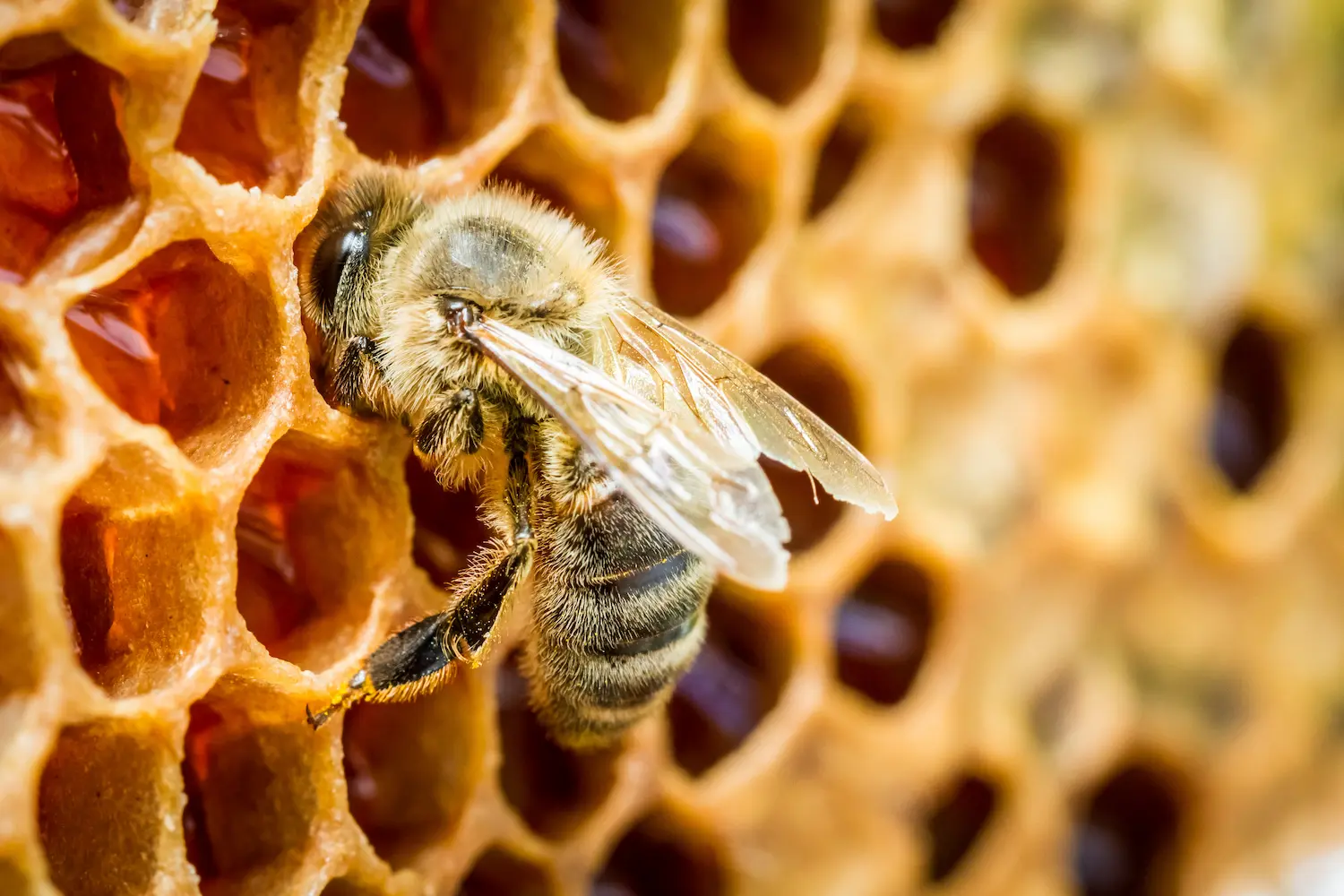How Long Do Beehives Last?
Serving Pompano Beach, Boynton Beach, and surrounding areas

Beehives are fascinating, complex systems that can outlive any individual bee. While each bee within the hive plays a unique and temporary role, the hive itself can survive for years under the right conditions. Understanding the life cycle of a beehive begins with knowing how long each member lives and contributes to the colony.
Unfortunately, hives near homes or businesses may lead to stings or structural damage. Pest control services can assess the situation and safely manage or remove the colony.
How Long Do Different Types of Bees Live?
In a bee colony, the majority of the population consists of worker bees, while drones are fewer in number, and there is only one queen bee. Each type of bee has a different lifespan based on its responsibilities and the time of year. This complex social structure helps ensure the survival and efficiency of the hive. Here’s a closer look at how long each member of the colony typically lives:
- Spring and Summer Worker Bees: These bees live for about 6 to 8 weeks. They spend their short lives foraging for pollen and nectar, feeding larvae, and maintaining the hive. This demanding work quickly wears out their bodies.
- Fall Worker Bees: These bees can live 4 to 6 months. Unlike their summer counterparts, they remain in the hive to conserve energy, help keep the queen warm, and survive through the winter.
- Drones: Drones typically live between 3 weeks and 3 months. Their sole purpose is to mate with a queen. Mating results in death due to physical trauma, while those that don’t mate are expelled from the hive in early winter to conserve food for the colony.
- Queen Bee: The queen bee can live anywhere from 3 to 5 years. Her only responsibility is to lay eggs. As she ages and her pheromone output declines, the colony begins preparing to replace her. Worker bees select a few larvae and feed them royal jelly to raise a new queen.
What Determines How Long a Beehive Survives?
The ability of a beehive to endure over time depends on a delicate balance. When that balance is disrupted, the entire colony can collapse. Several conditions determine whether a hive will survive from year to year:
- Food Supply: Abundant access to nectar and pollen is essential for feeding the colony and supporting hive activity.
- Defense & Shelter: Protection from predators and harsh weather helps maintain the hive’s structure and ensures bee survival.
- Health & Immunity: Resistance to diseases and parasites plays a major role in the long-term stability of the hive.
- Hive Upkeep: Regular maintenance by worker bees keeps the hive clean, organized, and functioning efficiently.
- Queen Strength: A strong, healthy queen ensures consistent egg-laying and stable pheromone production to guide the colony.
If seasonal growth and winter survival continue without disruption, a colony’s hive can remain active and productive for years to come.
Start With A Quote On Us
Click below to contact Petri Pest Control for a FREE pest control quote.
How Long Do Bees Stay After a Hive is Removed?
When beehives are removed, not all of the bees are present, and some may fly around in the air outside the hive. Bees that break off from the original colony to start a new colony will try to return to their original colony if they can’t find their own queen. These straggler bees can only survive for a week or two outside their hives.
When these straggler bees return to the nest, they try to find the queen for a while before settling down into a small ball where the hive was located.
It’s important to note that some straggler bees never leave after the hive is removed. In these cases, the straggler bees can often be relocated with the help of a skilled beekeeper or a professional pest control service at Petri Pest Control Services, Inc..
When Should You Remove a Beehive?
Sometimes a beehive can develop in an unwanted or unexpected location close to your home, creating potential risks for you and your family. It’s important to remember that attempting to remove the hive yourself can be dangerous and may provoke the bees, increasing the chance of stings or damage. The best course of action is to contact a trained beekeeper or a professional pest control team that has the experience and equipment to safely and humanely remove the hive.
Bee, Wasp, and Hornet Removal You Can Trust
The expert team at Petri Pest Control Services, Inc. in Pompano Beach is well-equipped to handle these situations with care and professionalism. We prioritize your safety while ensuring the bees are relocated responsibly whenever possible. Bees, wasps, and hornets can pose risks such as painful stings, allergic reactions, and increased danger for children or pets. Prompt and careful removal helps prevent potential harm and keeps your home safe.
If you discover a hive near your property, don’t hesitate to call Petri Pest Control Services, Inc. to get fast and reliable assistance.
Back to Bee & Wasp Control